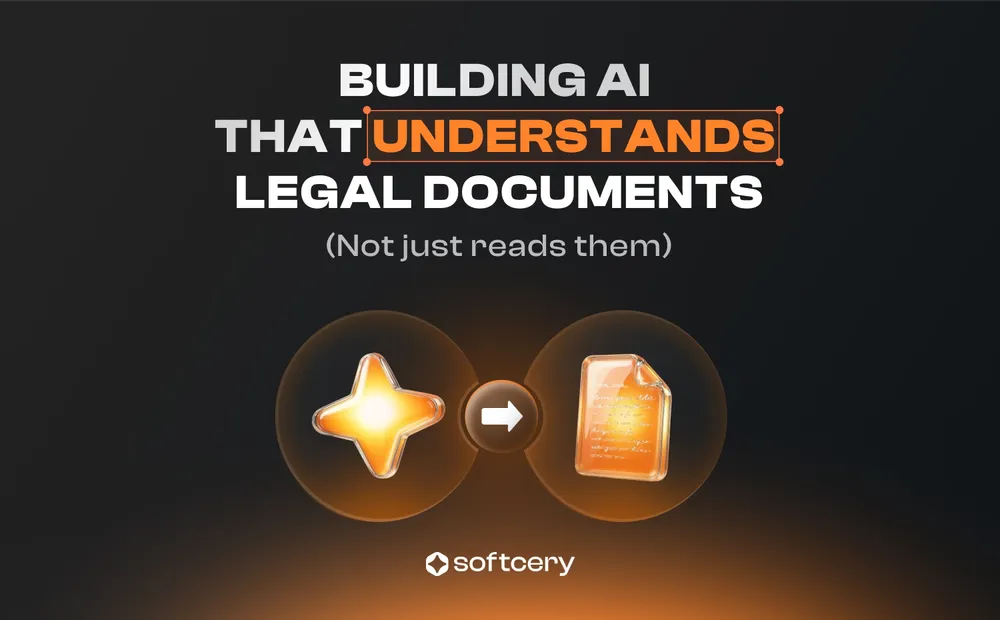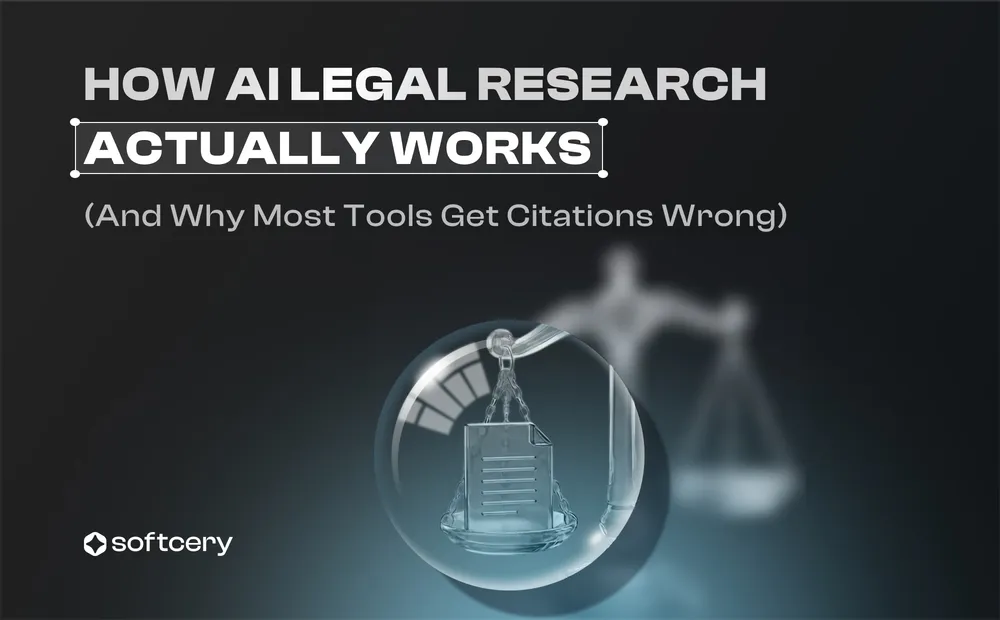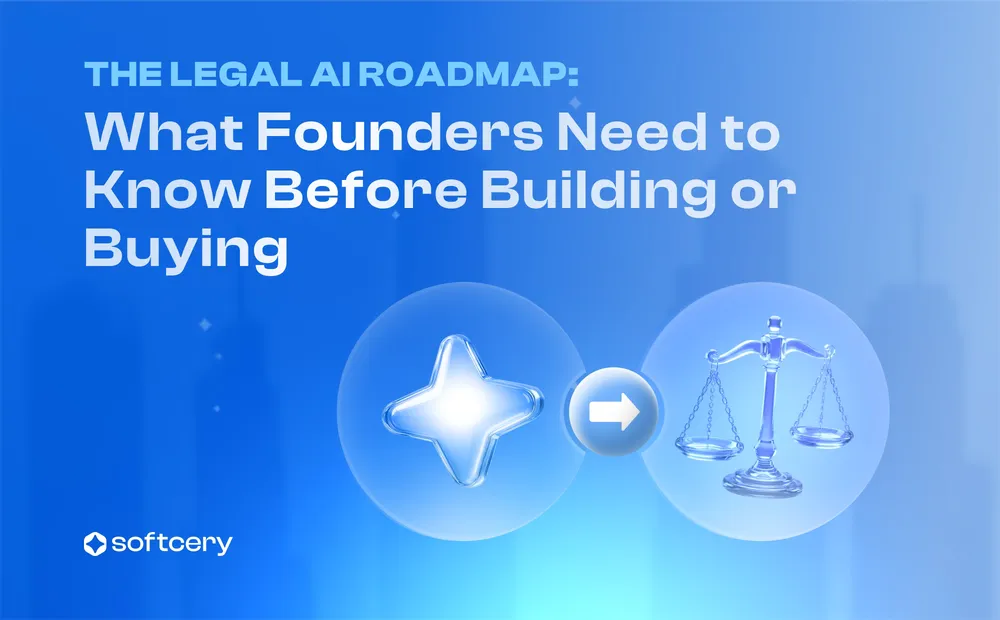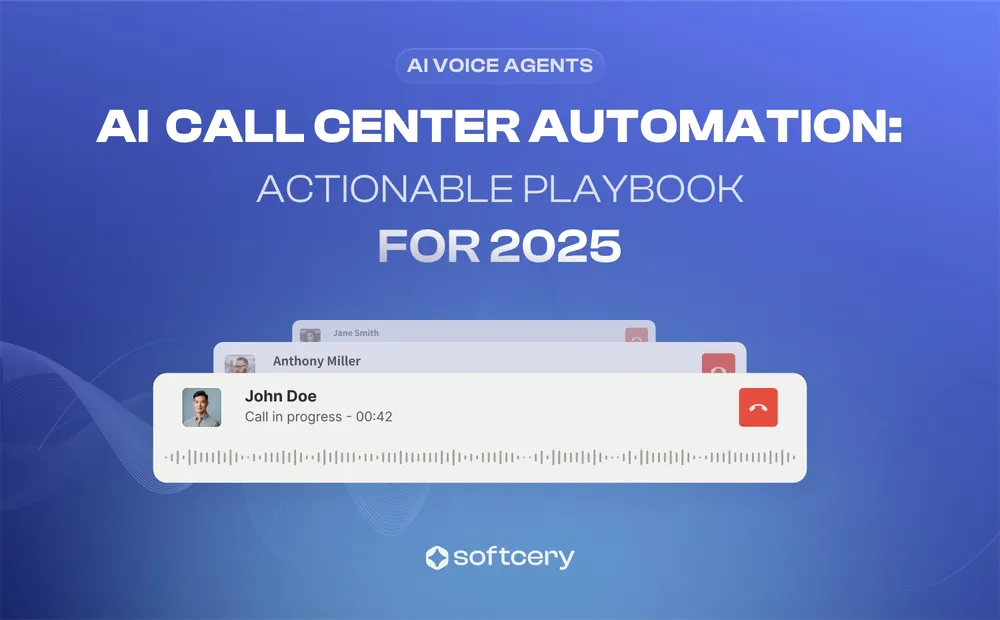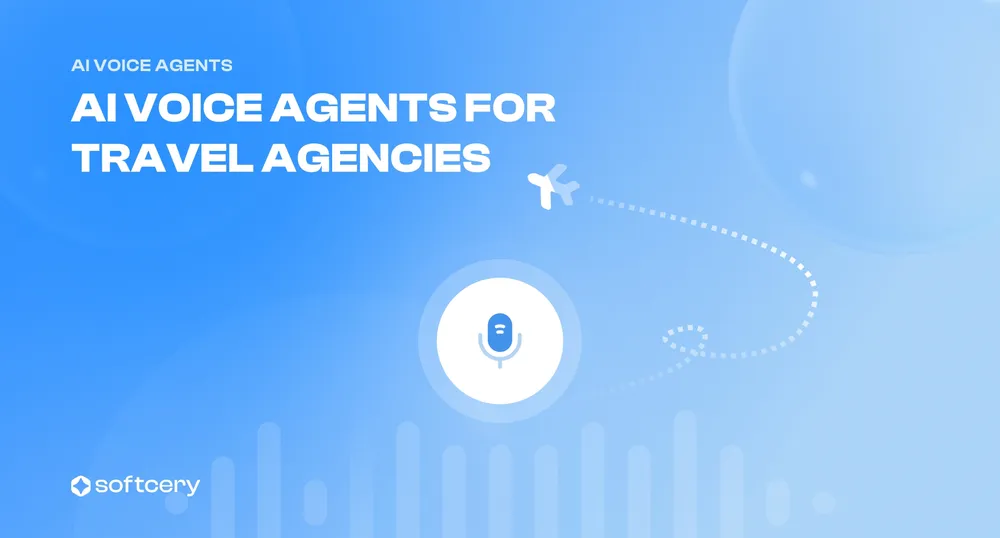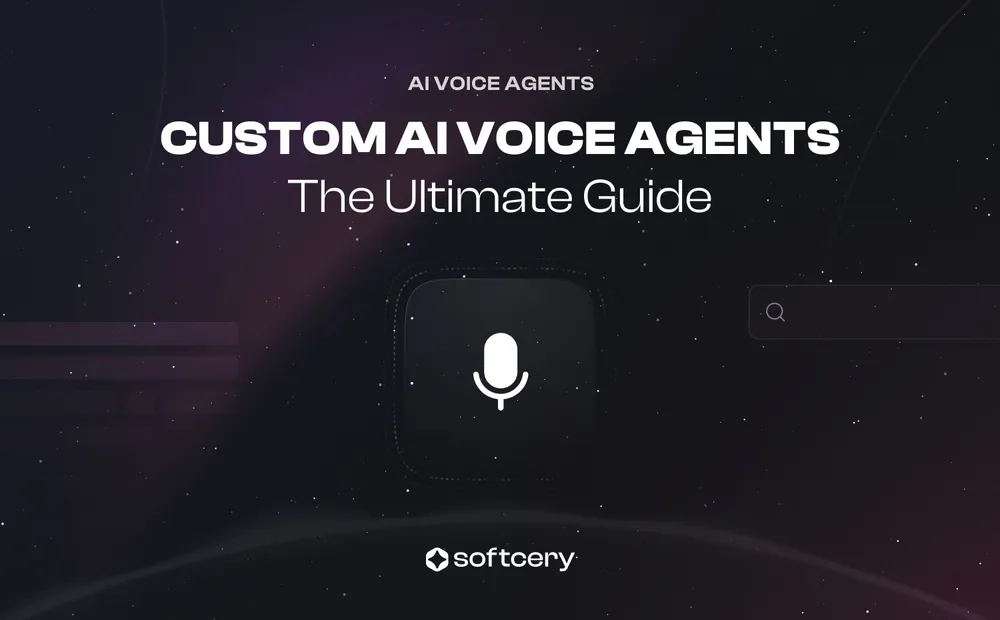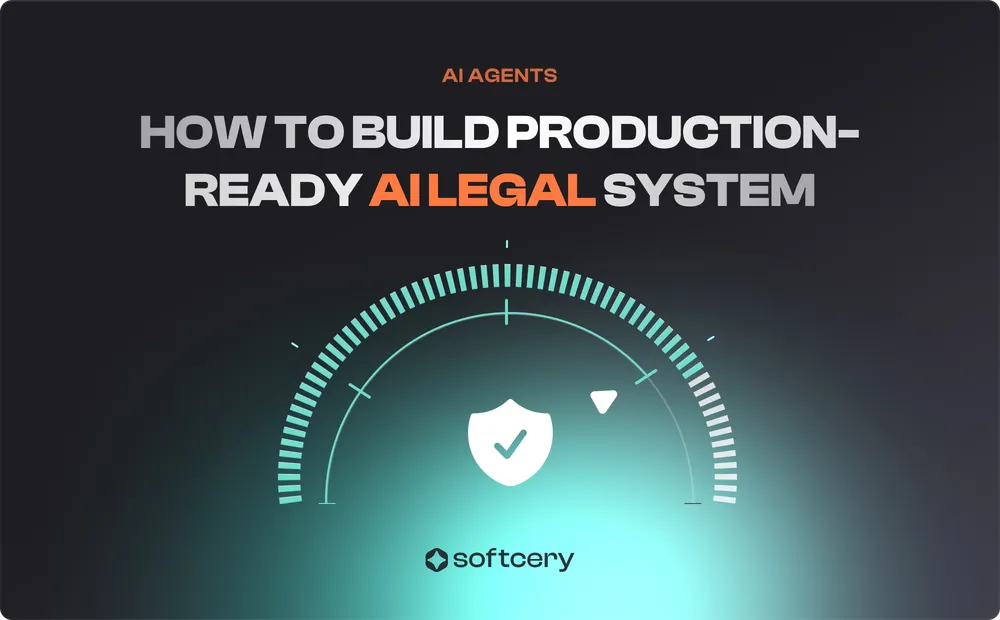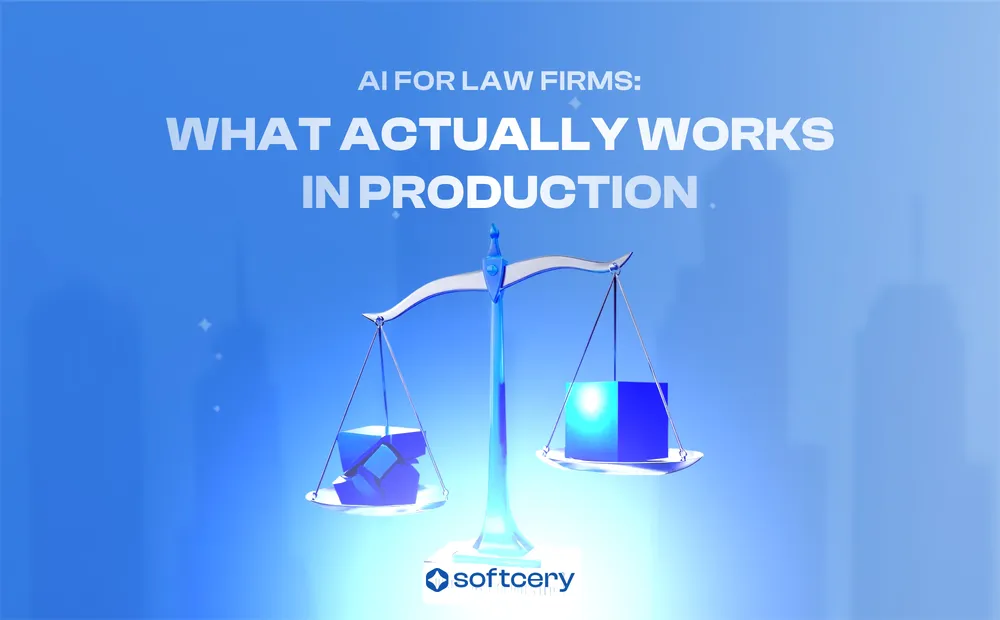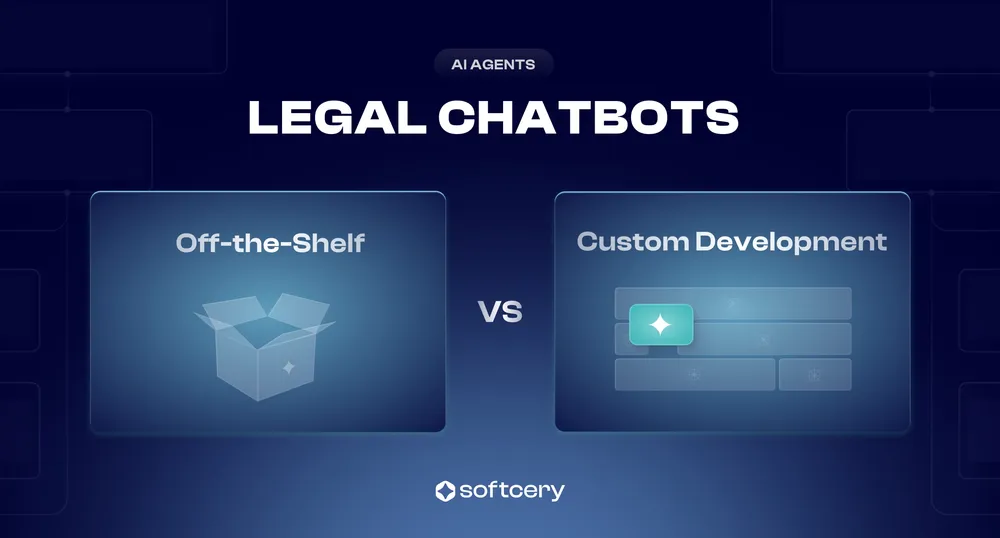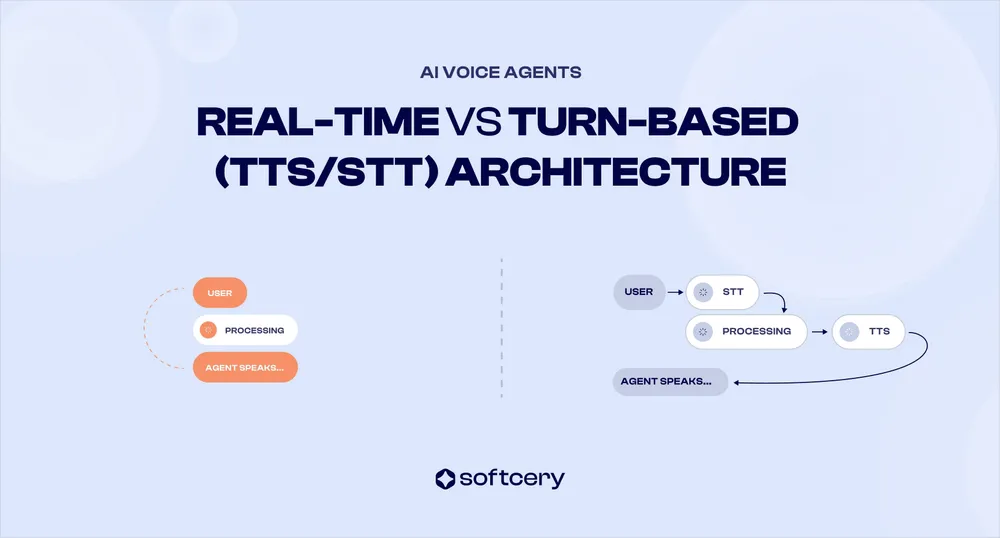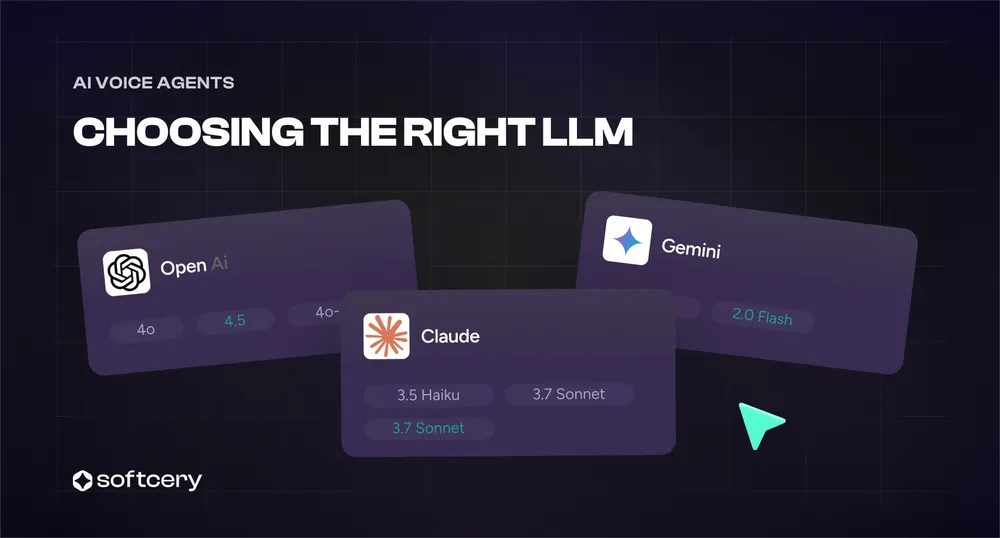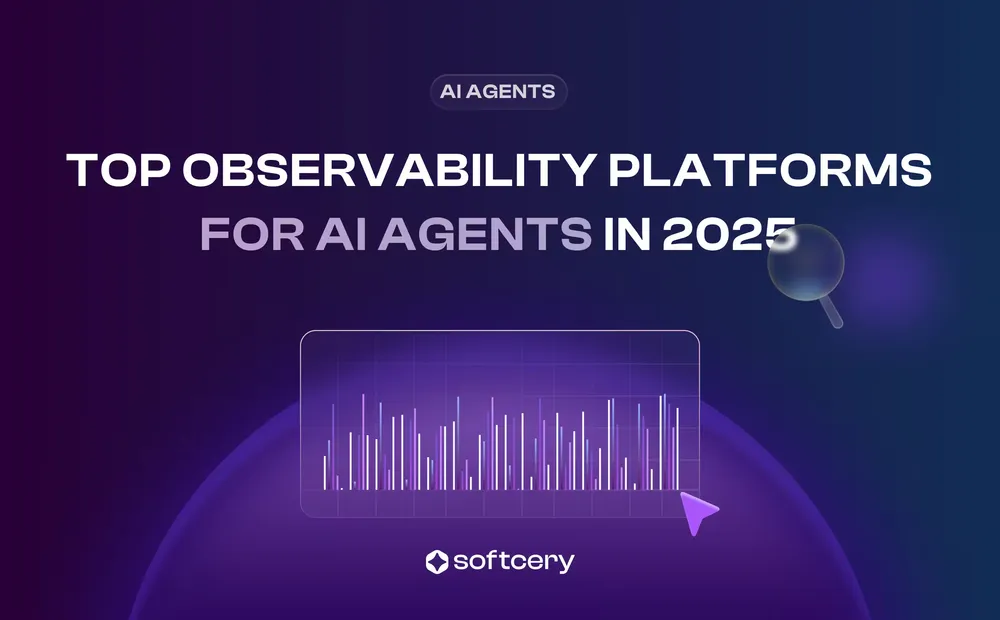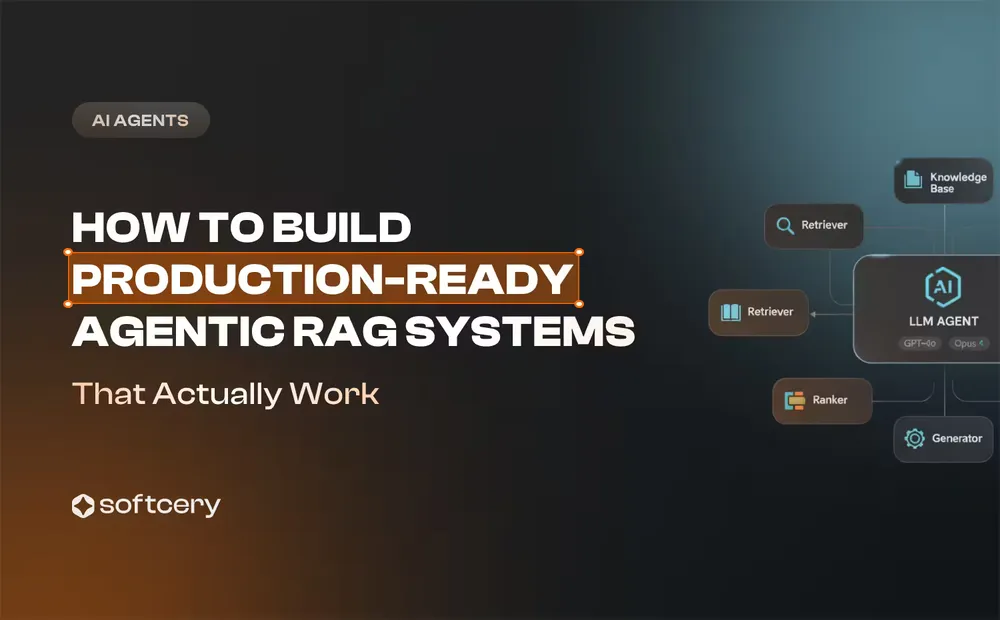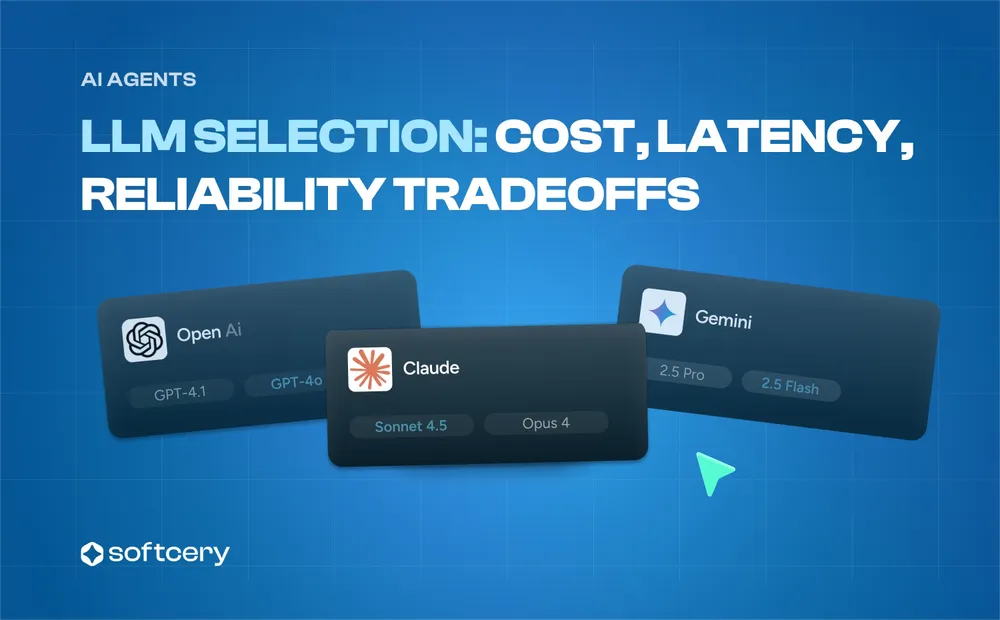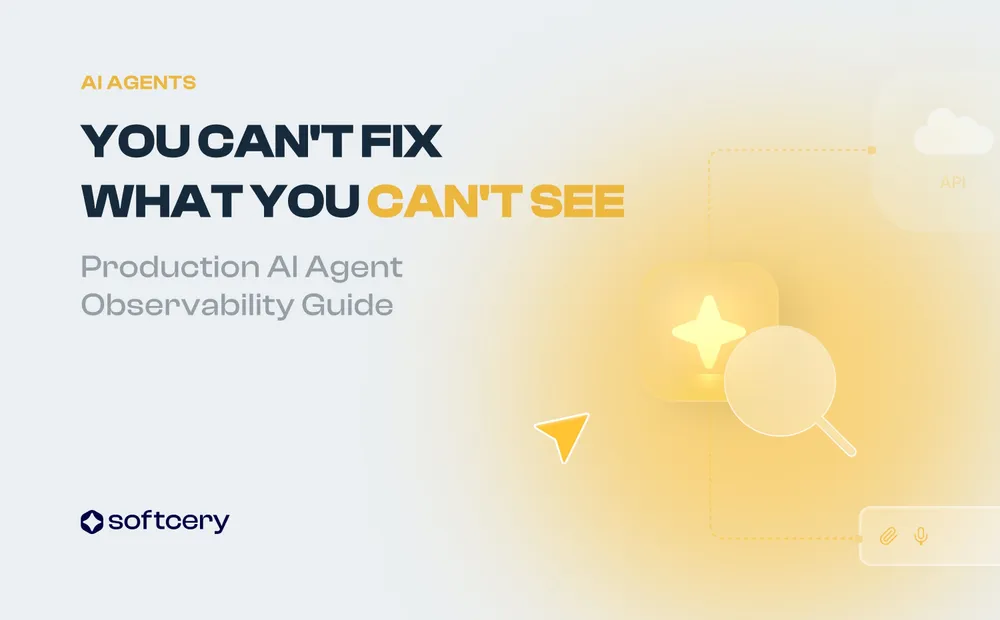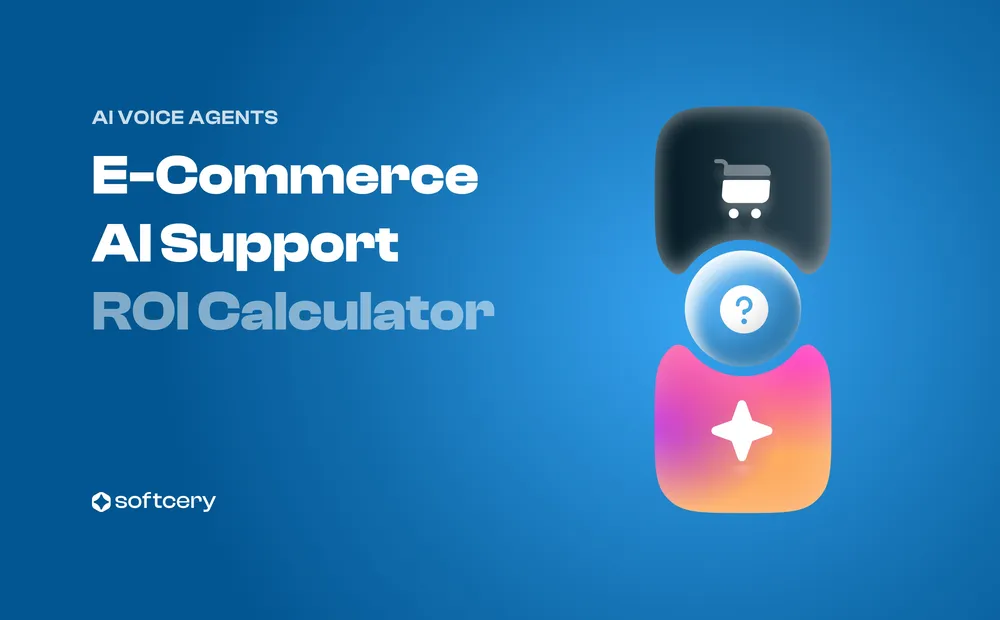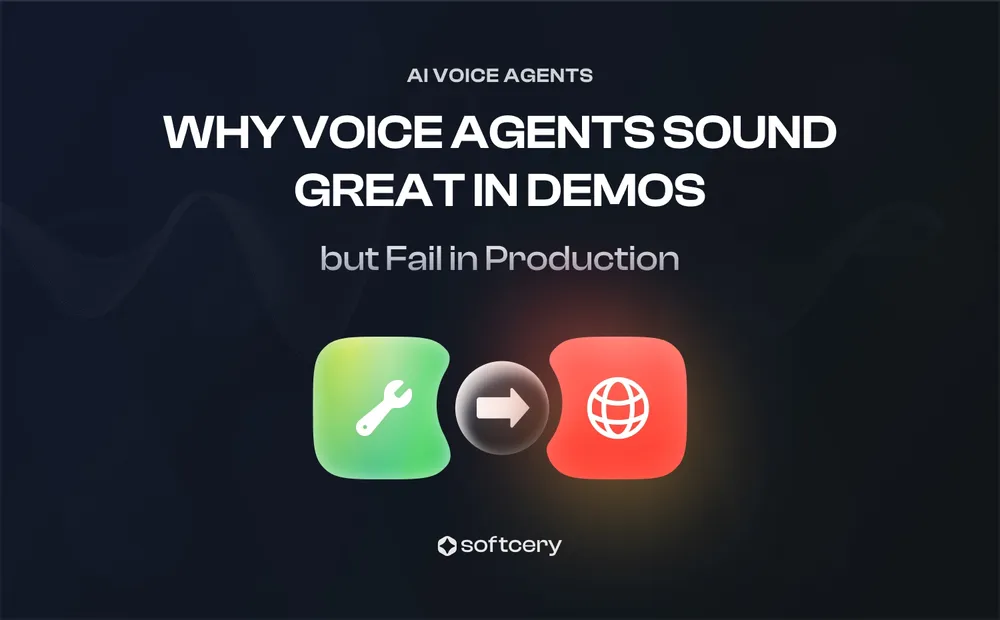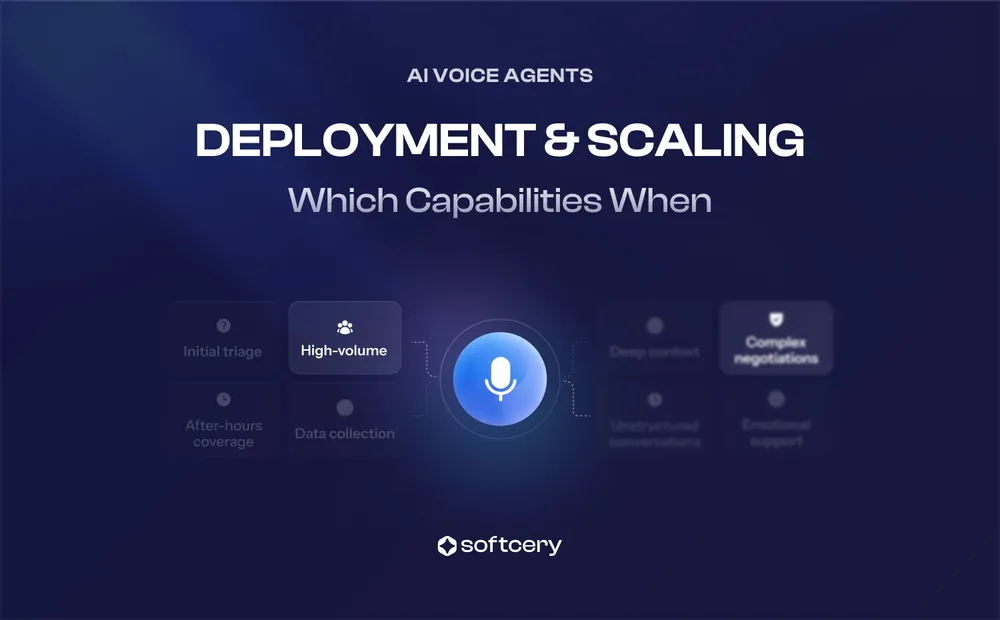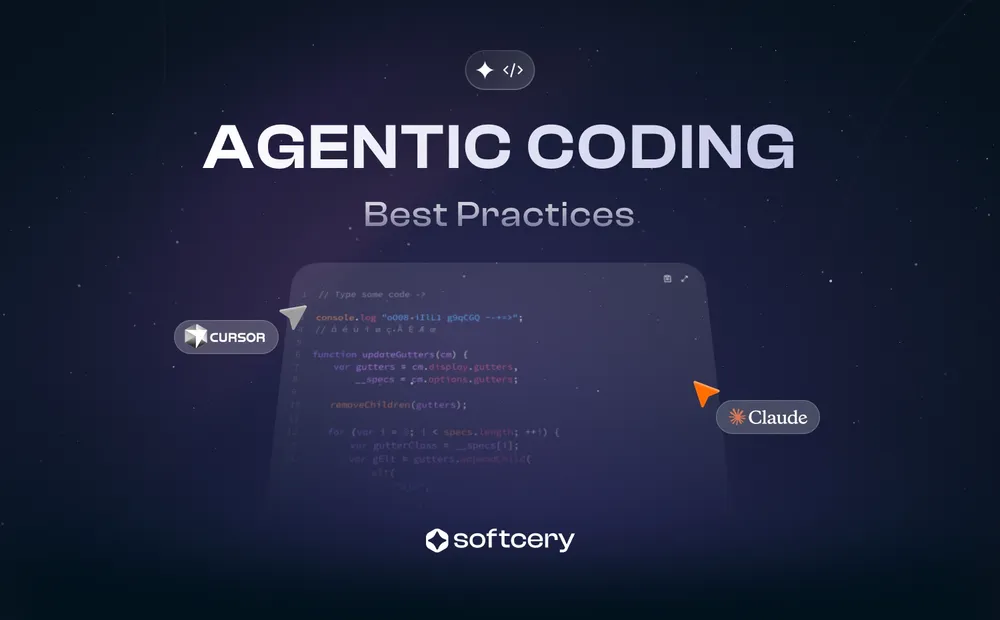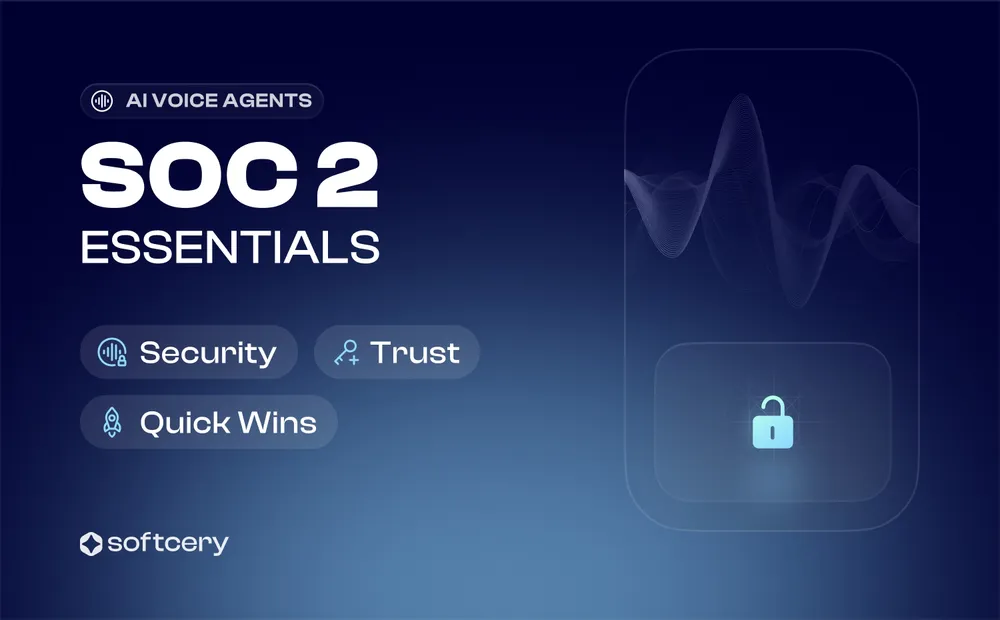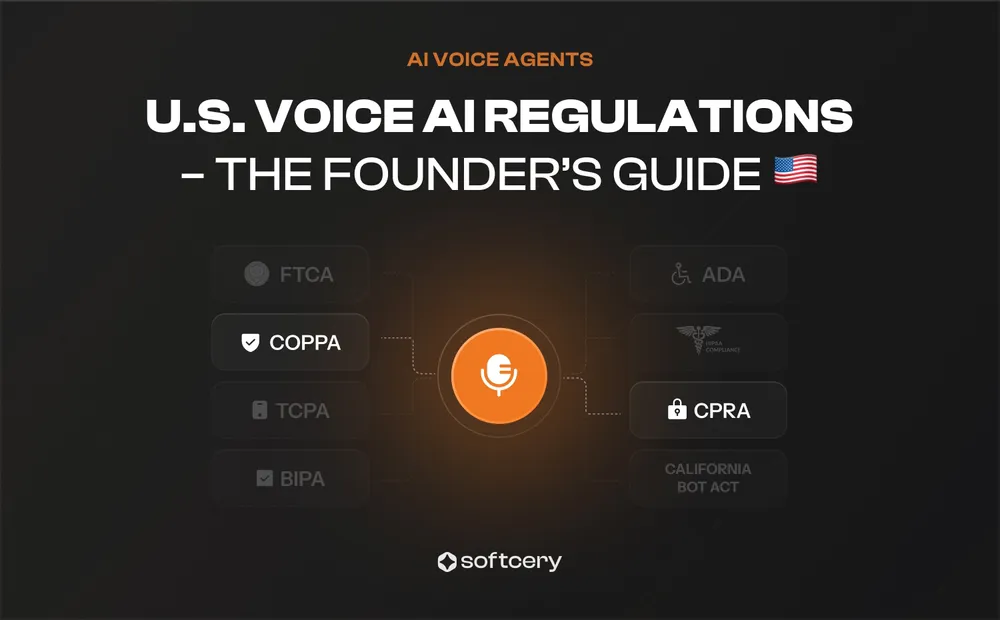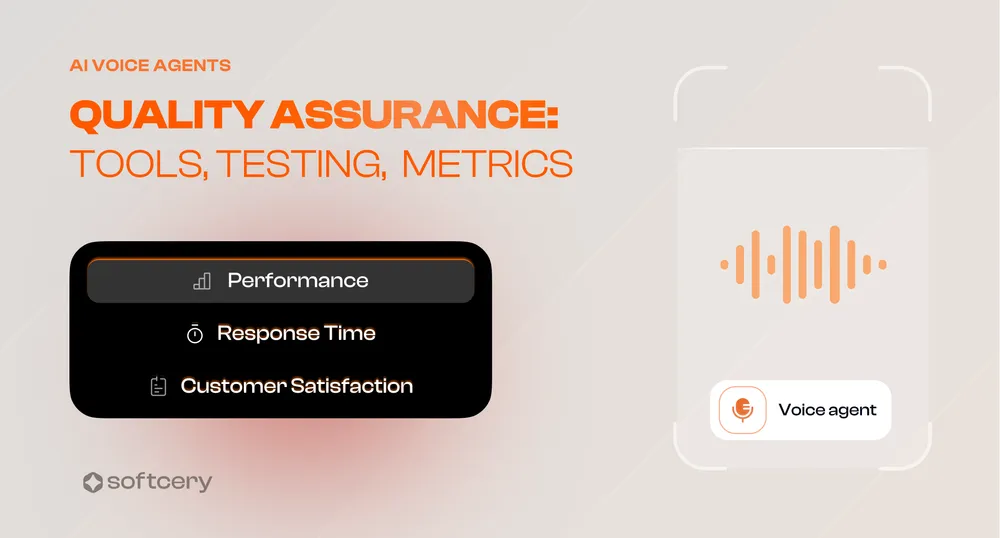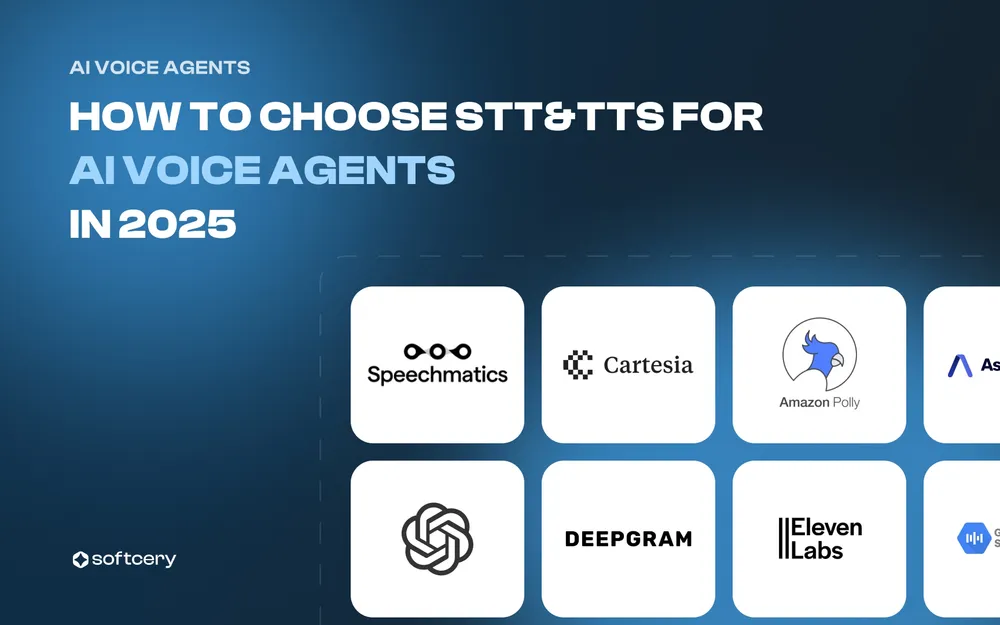11 Voice Agent Platforms Compared: Vapi, Ultravox, Retell, & More
Last updated on November 5, 2025
AI voice agent platforms are modular systems that enable spoken dialogue between humans and software agents via telephone networks or embedded voice interfaces. These systems integrate several core components:
Automatic Speech Recognition (ASR/STT): Converts inbound audio signals into structured text using real-time, low-latency neural models trained on multilingual, domain-specific corpora.
Dialogue Management / LLM Integration: Maintains session state, determines the next action, and invokes pre-trained or fine-tuned language models (GPT-class, Claude, etc.) to generate output.
Text-to-Speech (TTS): Synthesizes human-like voice output with dynamic pitch, stress, and timing using neural TTS models such as Amazon Polly Neural or ElevenLabs.
These components are stitched together via orchestration layers that support telephony interfaces (SIP, WebRTC), bi-directional streaming, barge-in detection, session handoff, and low-latency media pipelines. Platforms may also offer observability layers, compliance modules, and native integration to enterprise tooling.
Key Criteria for Choosing AI Voice Agent Platforms
Latency - Sub-500ms round-trip latency for real-time interactions.
Modularity - Ability to plug in your own ASR, LLM, and TTS components.
Telephony Support - Native SIP, PSTN, and WebRTC. Direct media routing via global infrastructure preferred.
Security & Compliance - SOC 2, HIPAA, GDPR. Encrypted audio streams and access controls.
LLM Orchestration - Support for GPT-4, Claude, custom models. Needed: prompt chaining, session memory, tool calling.
Developer vs No-Code - Choose APIs for full control. Choose visual builders for speed.
Integrations - Prebuilt or webhook/API support for CRMs, schedulers, databases.
Language & Voice Quality - 30+ languages minimum. Support for expressive, branded voices.
Scalability - Concurrent calls should scale without degradation. Know the concurrency limits of each pricing tier.
Pricing Transparency - Break down ASR, TTS, LLM, and telephony costs. Understand billing units: per call, per minute, per API.
Best Voice Agent Platforms in 2025
Vapi.ai
Position: Modular, developer-centric voice agent construction toolkit
Functionality: Vapi.ai positions itself as a developer-friendly voice agent infrastructure provider, offering streaming interfaces and basic building blocks to construct conversational agents. While marketed as modular, its ASR, LLM, and TTS layers are largely abstracted. Developers interact with high-level configurations rather than having deep orchestration control over the full speech pipeline.
Architecture:
- ASR: Fully pluggable; supports multiple cloud-based engines (Whisper, Deepgram, AssemblyAI, Rev.AI, and more)
- LLM Orchestration: Seamlessly directs requests to GPT-4, Claude, Mistral, Gemini, Groq, Cohere, and others or private LLMs via API
- TTS: High-fidelity synthesis via PlayHT, Google, Azure, and others with fallback voice engines
- Streaming Media Pipeline: Real-time audio via WebSocket; supports barge-in, prompt injection, call transfer, and session termination through exposed events
- Event System: Configurable callbacks (HTTP/webhook) and real-time event hooks for call processing, error handling, and logging
- Security: HIPAA and GDPR-aligned infrastructure; secure call logging and data access controls in multi-tenant deployments
Technical Advantages:
- Developer-focused API with granular voice flow logic
- Full model modularity: choose STT, LLM, TTS per call
- Multilingual: 100+ languages
- Real-time monitoring, testing, and webhook feedback
Constraints:
- No on-premise hosting for inference models
- Concurrency must be pre-purchased per pricing tier
- Rich no-code UI exists, but advanced behavior tuning requires API work
Use Case Fit: Ideal for AI-native teams, SaaS startups, and engineering-led companies building complex or voice-first workflows with fine control over components
Pricing: $0.05/min (base), typically $0.13/min with TTS, STT, and LLM add-ons
Bland AI
Position: Developer-focused, real-time voice agent platform with scalable, programmable infrastructure
Functionality: Bland AI offers a low-latency, enterprise-grade API platform for automating phone calls using realistic AI voice agents. Built for developers, it supports full-stack customization via HTTP APIs and webhook-based control. Bland AI emphasizes flexibility and speed, enabling outbound and inbound call flows, integrations, and voice cloning at scale.
Architecture:
- Voice API: Real-time programmable HTTP API for call control
- LLM: Supports GPT-4 and custom prompt chaining
- ASR: Supports Whisper and third-party STT engines
- TTS: Offers high-fidelity synthesis and custom cloned voices; supports 20+ languages
- Infrastructure: Self-hosted backend with 99.99% uptime and scalable compute
- Integrations: Works with CRMs, schedulers, SMS providers, and webhooks
Technical Advantages:
- Human-quality, multilingual voice synthesis
- Offers natural-sounding voice synthesis
- Programmable voice call flows with dynamic prompt switching
- Voicemail detection, call transfer, and DTMF input handling
- Real-time logs and post-call analytics dashboard
Constraints:
- No drag-and-drop visual builder for non-technical teams
- Voice cloning and advanced TTS require additional usage fees
Use Case Fit: SDR automation, follow-up campaigns, customer win-back workflows
Pricing: $0.09/min base, $15/month per phone number, $0.12/min for API-based integrations
Retell AI
Position: Real-time, developer-friendly voice AI platform with enterprise-grade compliance
Functionality: Retell AI enables the creation and deployment of scalable voice agents capable of managing real-time conversations, appointment scheduling, customer support, and survey execution. Built for developers, it supports custom flows with API integrations and latency optimization. While it lacks a full visual builder, it offers intuitive workflow configuration and advanced analytics for performance tuning.
Architecture:
- STT: Powered by Deepgram or Whisper with interrupt handling;
- LLM: Limited to OpenAI (GPT-4o) and Anthropic Claude; BYO-LLM supported via API;
- TTS: ElevenLabs with emotion/pitch control; fallback to standard engines;
- Transport: SIP trunking and WebRTC; supports warm transfer with context carryover;
- Security: SOC 2 Type 1 & 2, HIPAA, GDPR compliant.
Technical Advantages:
- Fast-response agents with ~300–500 ms round-trip latency;
- Handles barge-in, silence timeout, and sentiment shifts;
- Includes campaign tools: CLI spoofing, retries, call pacing;
- Support for 30+ languages, enabling multilingual interaction.
Constraints:
- No drag-and-drop or visual sandbox builder;
- Limited LLM support relative to developer-targeted platforms.
Use Case Fit: Healthcare, insurance, financial services - where compliance, clarity, and call throughput matter
Pricing: Pay-as-you-go: $0.07–$0.12 /min depending on volume and SLA tier
Daily/PipeCat
Position: Lightweight, open-source developer framework for building custom voice agents with full orchestration control.
Functionality: PipeCat is an open-source Python framework (MIT licensed) designed for full control over voice agent construction. Being open source is the key differentiator - developers get complete transparency, no vendor lock-in, and the freedom to modify and extend the framework. Developed by the team behind Daily, it is built for real-time communication and flexible AI orchestration. Unlike managed platforms, PipeCat offers a fully modular orchestration layer that supports any combination of STT, LLM, TTS, and media handling components. It’s ideal for developers who need low-level access and integration flexibility.
Architecture:
- ASR: Works with streaming STT engines including AssemblyAI, Deepgram, Whisper, Google, Azure, and more..; supports user-defined VAD and endpointing strategies (e.g., Silero VAD);
- TTS: Integrates with ElevenLabs, OpenAI TTS, Cartesia, Amazon Polly, Azure, and more..; supports any REST-based or streaming voice synthesis API;
- Transport Layer: Vendor-neutral real-time media transport that decouples application logic from the transmission protocol. Supported implementations include:
- WebRTC: DailyTransport (via Daily.co) and LiveKitTransport (via LiveKit) for low-latency video/audio in browser and mobile apps.
- Telephony: WebsocketServerTransport paired with specific serializers (e.g., TwilioFrameSerializer) for handling phone calls via Twilio streams.
- Local: LocalAudioTransport for using the system microphone and speakers directly (ideal for CLI bots and testing).
- Network: FastAPIWebsocketTransport for generic client-server audio streaming over standard WebSockets.
Technical Advantages:
- Use any combination of ASR, LLM, and TTS providers
- Handles the coordination and management of voice agent components;
- Ideal for building specialized assistants: field agents, logistics tools, or edge-deployed bots;
- Modular architecture allows lightweight deployment and edge inferencing;
- Easily integrates with cloud platforms or local infrastructure;
- Offers a managed service option for teams who want hosted infrastructure without self-hosting.
Constraints:
- Requires development expertise to build and deploy;
- Limited to one-turn or short session use cases without manual extension.
Use Case Fit: Technical prototyping, constrained environments, embedded IoT interfaces, and teams needing full customization with open-source flexibility. For those who want the Pipecat framework without managing infrastructure, Pipecat Cloud provides a managed service option.
Pricing: Open-source framework is free. For managed hosting, see Pipecat Cloud pricing - costs depend on the components and usage selected.
LiveKit
Position: Open-source, real-time framework for building fully programmable voice and multimodal agents with media-layer control.
Functionality: LiveKit offers a development-first framework to build voice agents that operate as real-time participants in WebRTC rooms. It manages turn detection, media streaming, interruptions, transcription, tool usage, and session orchestration. LiveKit is extensible via plugins for STT, LLM, and TTS, granting flexibility to developers to integrate preferred AI components.
Architecture:
- Media Layer: WebRTC streaming facilitated via LiveKit Cloud or self-hosted infrastructure;
- STT / LLM / TTS Plugins: Out-of-the-box plugins include Deepgram, OpenAI, ElevenLabs, Cartesia, and more, with community support for additional providers;
- Conversation Control: Includes voice activity detection (Silero VAD), model-based turn detection, and stateful AgentSession orchestration;
- Deployment: Agents run as worker processes dispatched into LiveKit rooms; supports Kubernetes and production orchestration;
- Capabilities: Supports multimodal input/output (voice, video, text), real-time transcription, tool-calling, and multi-agent handoffs.
Technical Advantages:
- Full control over real-time media and conversational flow;
- Open-source, production-ready, and extensible;
- Multimodal support (audio, video, text); scalable session orchestration;
- Robust integration ecosystem and developer tooling.
Constraints:
- Requires development experience and infrastructure deployment;
- No visual flow builder or “plug-and-play” templates for non-technical users.
Telnyx
Position: Programmable voice infrastructure for building real-time AI communication systems
Functionality: Telnyx is a developer-first voice platform that provides full control over voice workflows and global telephony infrastructure. Its APIs give direct access to SIP trunks, PSTN, WebRTC, speech recognition, and TTS – enabling developers to design and deploy scalable, low-latency AI-driven call systems.
Architecture:
- Telephony: Global carrier-grade PSTN/SIP support with number provisioning and call routing;
- Voice API: Webhooks and programmable call control for building IVRs, routing logic, or integrations;
- TTS/STT: Native support with WebSockets and REST endpoints; integrates easily with other AI components;
- Media Streaming: Low-latency audio streams via WebRTC or SIP; supports real-time STT/TTS with programmable control;
- Network: Private global IP backbone ensures high-quality audio and reduced jitter across regions.
Technical Advantages:
- Developer-first platform with REST and WebSocket APIs;
- Fine-grained control over call setup, media streams, and speech layers;
- Built-in compliance tools (e.g., CNAM, E911, STIR/SHAKEN);
- Real phone numbers and telephony-grade reliability;
- Pairs well with modular AI stacks (e.g., Deepgram + Vapi + ElevenLabs).
Constraints:
- No built-in LLM orchestration; only infrastructure and speech layer;
- Requires integration effort to build full agents or workflows.
Pricing:
- Usage-based pricing
- Voice calls: $0.002–$0.01/min (depending on region and connection type)
- Phone number rental: ~$1/month
- Speech add-ons (STT/TTS): billed per usage volume
Use Case Fit: Ideal for teams building full-stack voice agents who need telecom-grade reliability, global reach, and deep control over voice infrastructure.
Synthflow
Position: No-code/low-code platform for fast deployment of branded voice agents
Functionality: Synthflow is designed for non-technical teams to build, launch, and operate voice agents without writing code. Its visual drag-and-drop builder allows users to configure logic, flows, and integrations using prebuilt modules. It supports inbound and outbound calling, multilingual voice experiences, and integrations with CRMs and productivity tools.
Architecture:
- Flow Builder: Visual block-based editor with conditionals, input collection, and webhook support;
- ASR: Proprietary STT engine with grammar fallback and phonetic recognition;
- LLM: GPT-style completion with lightweight memory and prompt context;
- TTS: ElevenLabs, Google, and cloned voice options;
- Integration Layer: Zapier, Google Sheets, email platforms, CRMs (via webhook or native connector).
Technical Advantages:
- Deploy in hours without developer involvement;
- Warm transfer with context handoff to human agents;
- Voice agent marketplace with reusable flows and vertical-specific templates;
- Multi-language support (30+); edge compute for low-latency execution;
- Drag-and-drop customization with inline call simulation;
- Supports integrations with 200+ CRMs and third-party apps.
Constraints:
- Limited flexibility for advanced logic or branching behavior;
- Latency & Call Quality Issues.
Use Case Fit: CX teams, marketing agencies, and SMBs seeking fast deployment of templated voice flows without AI expertise
Pricing: $50/month for 250 mins; scales up to $1000/month for 5000 mins
Cognigy.AI
Position: Enterprise-grade conversational AI platform with voice capabilities via third-party integrations
Functionality: Cognigy.AI provides a robust conversational automation platform with voice support through its Voice Gateway and integrations with SIP providers. It’s designed for enterprises needing scalable and secure virtual agents across voice and chat channels.
Architecture:
- Voice Integration: SIP-based voice support via Cognigy Voice Gateway or external providers (e.g., Twilio, Genesys);
- Flow Builder: Visual conversation editor with branching logic, error recovery, and fallback flows;
- LLM: Supports OpenAI, Azure AI, and local models with prompt orchestration;
- TTS/STT: Compatible with major providers like Google, Amazon, and Nuance;
- Security: Offers on-prem, private cloud, and full SaaS deployment; compliant with GDPR, SOC2, HIPAA;
- Deployment: Supports thousands of concurrent sessions with multi-region orchestration.
Technical Advantages:
- Prebuilt integrations with enterprise CRMs, ERPs, and ITSM systems;
- Agent escalation with full context transfer;
- Multi-language support (100+);
- Extensive audit, monitoring, and call analytics.
Constraints:
- Steep learning curve for advanced workflows and backend logic;
- Deployment may take longer compared to similar solutions.
Use Case Fit: Best for large enterprises requiring deeply integrated, secure, and scalable voice + chat automation across service, HR, or IT support domains
ElevenLabs
Position: State-of-the-art voice synthesis and cloning engine optimized for expressive speech
Functionality: ElevenLabs delivers high-fidelity, emotionally expressive text-to-speech (TTS) and voice cloning services. It’s not a full voice agent platform but excels in giving AI agents lifelike, human voices. Developers integrate ElevenLabs into agents built on other platforms (like Vapi, PipeCat, or Bland AI) to add natural, brand-consistent voices.
Key Capabilities:
- TTS Engine: Emotionally rich and realistic speech synthesis;
- Voice Cloning: High-quality custom voices with fine control over tone and delivery;
- Multilingual Support: Dozens of supported languages and regional accents;
- Integration-Friendly: Easily connects with real-time agents via REST API or platform connectors (e.g., Vapi);
- Prompt-sensitive prosody: Modulates emotion and cadence based on punctuation and phrasing.
Technical Advantages:
- Best-in-class expressiveness and realism in TTS;
- Fast synthesis with support for real-time streaming;
- Ideal for media, branded assistants, and conversational UIs;
- Native integration options with voice agent platforms.
Constraints:
- No agent logic or telephony handling; must be paired with orchestration layer;
- Usage costs can accumulate with large voice libraries or high traffic.
Pricing:
- Free Plan: Basic voice generation with limited usage
- Starter: $5/month
- Creator: $22/month ($11 for the first month), includes voice cloning and 12,000 characters
- Publisher: $99/month, supports larger workloads and multiple voices
- Enterprise: Custom pricing
Use Case Fit: Best for teams that need highly expressive or branded voices in their AI applications without building a voice engine from scratch
Deepgram
Position: Real-time, developer-focused speech recognition platform optimized for speed and accuracy
Functionality: Deepgram offers real-time and batch automatic speech recognition (ASR) services, designed to power AI agents, transcription workflows, and voice interfaces. Its architecture is optimized for low latency, high throughput, and high accuracy - even in noisy environments or across diverse accents. Deepgram provides full SDKs, APIs, and WebSocket support for streaming audio.
Key Capabilities:
- Real-Time Transcription: Low-latency, streaming STT engine for real-time voice agents;
- Custom Models: Industry-specific tuning for domain-specific vocabulary;
- Noise Robustness: Performs well in varied acoustic conditions (call centers, mobile, VoIP);
- WebSocket/REST API: Flexible data ingestion for live or recorded audio;
- Multilingual: 30+ supported languages and dialects;
- Security: GDPR and SOC2 compliant.
Technical Advantages:
- Sub-300ms latency in streaming mode;
- Easy integration into Vapi, PipeCat, Twilio, and other orchestration tools;
- Ideal for transcription pipelines, compliance monitoring, and call analytics;
- Custom vocab and language tuning improve performance in domain-specific contexts.
Constraints:
- Does not handle LLM logic, response generation, or TTS;
- Must be paired with additional components for full voice agent implementation.
Pricing:
- Free Trial: $200 in credits
- Pay-as-you-go: $0.004 per second (~$0.24/min)
- Custom pricing for enterprise and volume plans
Use Case Fit: Ideal for teams building real-time transcription features, post-call analytics, or STT pipelines as part of broader voice agent solutions.
Ultravox
Position: Enterprise-grade, LLM-native voice platform with real-time orchestration
Functionality: Ultravox is built for enterprise deployments that require high concurrency, custom orchestration, and adaptive language modeling. It supports real-time two-way audio pipelines with GPT-class dialog agents and deterministic fallback logic. Ultravox emphasizes end-to-end control, with native support for call branching, voice biometrics, and secure integrations.
Architecture:
- Real-time TTS via ElevenLabs, Cartesia, PlayHT, and more or in-house streaming model;
- WebRTC/SIP support, PCI-DSS compliant media routing;
- Custom SDKs for call classification and confidence scoring;
- ASR with background speaker separation module;
Technical Advantages:
- Streamed LLM response generation (<300ms);
- Token-aware intent recognition and recovery;
- Session history replay for analytics and LLM fine-tuning.
Constraints:
- Requires engineering and DevSecOps involvement;
- Dashboard available for agent creation and log inspection; Limited UI support for complex orchestration, but capabilities are actively expanding.
Use Case Fit: Banking, insurance, telecom – where strict compliance, call reliability, and low jitter matter
Pricing Plans (Annual Rate):
- Pay-as-you-go: First 30 minutes free, then $0.05/min, up to 5 concurrent calls included in this plan.
- Pro – $100/month: Includes unlimited concurrency, outbound call scheduler, 5 custom voices, 20 RAG corpora.
- Scale – $1,000/month: Offers reduced per-minute cost, 100 priority concurrent calls, 50 custom voices, 100 RAG corpora.
- Enterprise: Custom pricing with SLA, support, and tailored configurations.
Comparison of Top Voice Agent Platforms
| Platform | Type | LLM Support | STT / TTS | Interface | Ideal Use Case | Price (base) |
|---|---|---|---|---|---|---|
| Ultravox | Enterprise orchestration | GPT-class | ElevenLabs, PlayHT | Web + SDK | Regulated industries, secure calls | $0.05/min, $100+/mo |
| Vapi.ai | Modular API platform | GPT-4, Claude | ElevenLabs, Google | API + WebSocket | Custom AI agents with full stack | $0.05–$0.13/min |
| PipeCat | Open-source framework | Plug your own | Any API-based | Python code | Custom, low-latency, edge deployment | Free (self-hosted) |
| Retell AI | Real-time call agent | GPT-4, Claude | ElevenLabs | API | Appointment bots, support, compliance | $0.07–$0.12/min |
| Bland AI | Call automation via API | GPT-4 | Custom + cloning | HTTP API | SDRs, cold calling, follow-ups | $0.09–$0.12/min |
| Telnyx | Telecom-grade infra + STT/TTS | No LLM | Native + 3rd-party | REST + WebSocket | Infra teams building full call stacks | $0.002–$0.01/min |
| Cognigy.AI | Enterprise no-code suite | OpenAI, Azure | Google, Nuance | Visual builder | Corporate IT, HR, helpdesk automation | Custom pricing |
| Synthflow | No-code voice builder | GPT-style basic | ElevenLabs, Google | Drag & drop | SMBs, marketing, fast deployment | $50+/month |
| ElevenLabs | TTS engine only | – | Advanced cloning + TTS | REST API | High-quality branded voice output | From $5/month |
| Deepgram | STT engine only | – | STT only | API + WebSocket | Live transcription, voice analytics | $0.004/sec (~$0.24/min) |
| LiveKit | Developer-focused real-time voice framework | Plug your own | Deepgram, ElevenLabs, Cartesia | API + WebRTC SDK | Programmable, low-latency voice agents with multimodal capabilities | Free (self-hosted), paid LiveKit Cloud |
How to Choose a Voice Agent Platform in 2025
Softcery Recommendations by Platform Type and Business Need
Choosing the right voice agent platform isn’t about features—it’s about fit. Below, we outline how to select the right technology stack based on your technical capacity, use case complexity, and regulatory environment.
Full Stack Control with Real-Time Orchestration
Choose this when:
- You need tight control over the ASR, LLM, and TTS layers.
- You are building custom workflows that require prompt chaining, real-time streaming, and low-latency handoffs.
- Your team can handle API integrations, backend logic, and testing pipelines.
Recommendations:
- Vapi.ai – For startups and AI-native teams needing flexible, modular architecture and fine-grained control.
- PipeCat (Daily) – For technical teams building proprietary agents with full visibility into the AI stack and deployment environment.
- Ultravox – For enterprises with high compliance requirements and concurrent call volume, where real-time orchestration and analytics are critical.
- LiveKit – For teams needing full control over real-time audio/video, multi-agent orchestration, and low-latency streaming.
If you’re considering one of these options, it’s essential to understand the cost implications of real-time inference, media streaming, and third-party model usage. Use Softcery’s AI Voice Agent Cost Calculator to estimate your operational expenses based on stack composition and usage volume.
Fast Deployment without Code
Choose this when:
- You need to launch voice agents quickly without engineering support.
- Your goal is to automate basic call flows, route to human agents, and integrate with CRMs or ticketing tools.
Recommendations:
- Synthflow – Best suited for marketing, support, or CX teams in small to mid-sized businesses.
- Cognigy.AI – Suitable for large enterprises that want scalable, visual tooling for voice and chat across departments.
High-Volume Outbound Automation
Choose this when:
- Your core need is outbound call automation for sales, support follow-ups, or appointment reminders.
- You require voicemail detection, retry logic, and dynamic prompts.
Recommendations:
- Bland AI – For product-led teams building outbound SDR tools with flexible APIs.
- Retell AI – For regulated industries like insurance or healthcare where compliance and call handling precision are non-negotiable.
Telecom Infrastructure with Global Reach
Choose this when:
- You want to control call setup, routing, and media layers across regions.
- You already use or plan to assemble your own AI stack and need reliable SIP, PSTN, or WebRTC infrastructure.
Recommendation:
- Telnyx – Ideal for developers needing direct access to telephony, low-latency routing, and programmable voice pipelines.
Best-in-Class Voice Components
Choose this when:
- You want to enhance an existing system by plugging in advanced ASR or TTS engines.
- You need superior audio quality, multilingual capabilities, or domain-specific accuracy.
Recommendations:
- ElevenLabs – Use when branding, tone, and expressiveness of voice output matter.
- Deepgram – Use for high-accuracy transcription in real time, especially in noisy or high-volume environments.
Summary
Softcery recommends starting with three key questions:
- What level of control does your team need over ASR, LLM, and TTS?
- Do you require global telephony, outbound logic, or fast prototyping?
- Are you assembling a modular stack or looking for a full platform?
Based on these, match platforms by scope, complexity, and maturity. If needed, Softcery can advise on architecture, assemble the right stack, and manage deployment from pilot to scale.
Conclusion
In 2025, the landscape of AI voice agent platforms has matured into a fragmented yet highly capable ecosystem. No single platform dominates every use case. Instead, each serves a distinct segment - from developer-first APIs like Vapi.ai and PipeCat, to enterprise-grade solutions like Cognigy.AI and Ultravox, to infrastructure providers like Telnyx, Deepgram, and ElevenLabs that power the underlying stack.
Choosing the right platform depends on your technical resources, latency requirements, compliance constraints, and need for control. If you’re building a tightly integrated, real-time voice stack from scratch, modular platforms or open frameworks offer unmatched flexibility. If speed to deployment or scalability across non-technical teams is key, low-code builders or enterprise orchestration layers may be more appropriate.
Ultimately, voice agents are no longer experimental. They are now production-grade systems that can handle real customer conversations - at scale, with control, and with measurable ROI. The right platform will align with your product goals, not dictate them.
Platform choice determines your voice agent’s foundation. The complete picture includes STT/TTS selection, LLM orchestration, observability, error handling, compliance frameworks, and cost management. Get the full production framework in our AI Launch Plan – covering all seven systems needed to ship voice agents that reliably handle production call volumes and edge cases.
About Softcery: We’re the AI engineering team that founders call when other teams say “it’s impossible” or “it’ll take 6+ months.” We specialize in building advanced AI systems that actually work in production, handle real customer complexity, and scale with your business. We work with B2B SaaS founders in marketing automation, legal tech, and e-commerce—solving the gap between prototypes that work in demos and systems that work at scale. Get in touch.
Find out what production-ready actually means for your AI system. Your custom launch plan shows the specific reliability, safety, and performance gaps you need to close – with proven solutions.
Get Your AI Launch Plan
